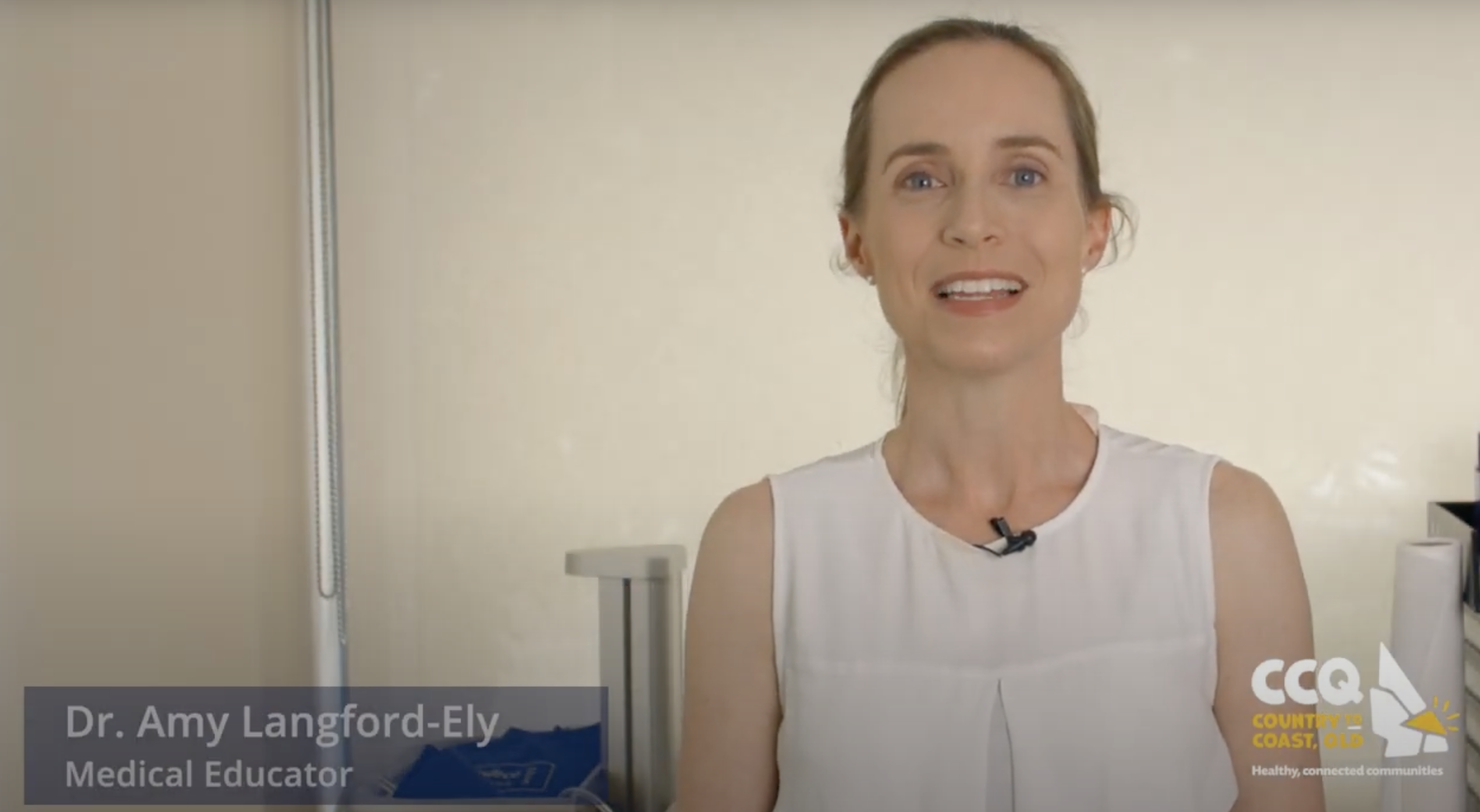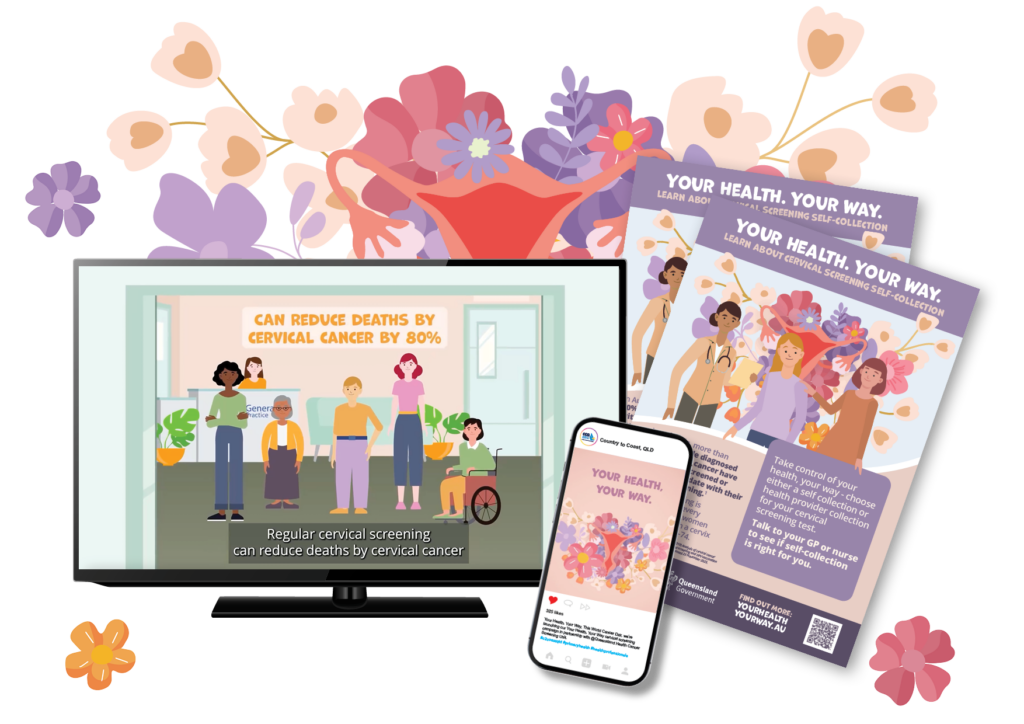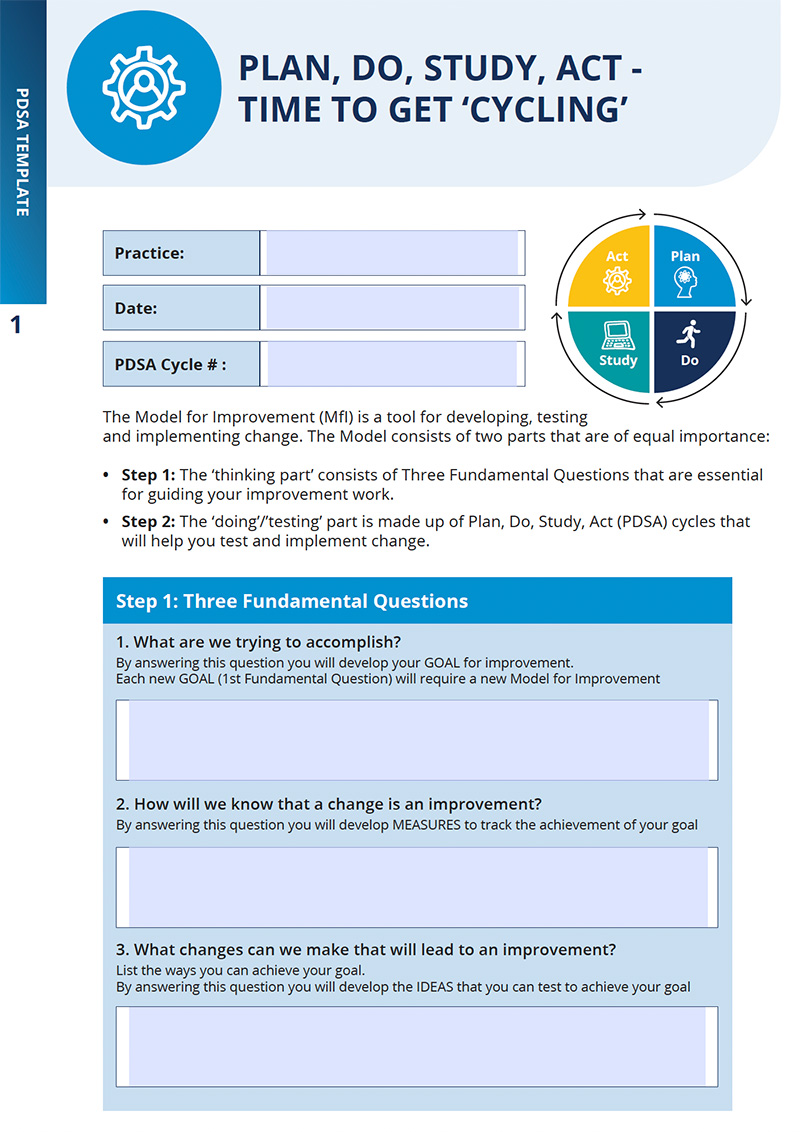
Cervical cancer is one of the most preventable cancers. In Australia, more than 70% of people diagnosed with cervical cancer have either never been screened or are not up to date with their cervical screening.1
The CCQ region averaged a 60.9% participation rate in cervical screening compared to the national participation rate of a 62.4% between 2018-2021.2
The National Strategy for the Elimination of Cervical Cancer in Australia outlines key principles aimed at improving vaccination, screening and treatment to ensure that Australia becomes the first country in the world to eliminate cervical cancer by 2035.3 This strategy includes widespread HPV vaccination coverage, regular cervical screening, and early access, all of which are critical steps toward achieving elimination.
Primary care providers play a critical role in driving cervical screening participation through their trusted relationships, clinical expertise and accessibility to engage patients in preventative care. Opportunistic discussions, continuity of care and patient-centred care position primary care providers to support participation and promote equitable access to drive improved cancer outcomes.
This activity focuses on how to identify and engage your under-screened or never-screened patients and increase cervical cancer screening rates in your practice.
February 2025 Consumer Campaign
On 4 February, to coincide with World Cancer Day, CCQ launched the Your Health. Your Way. campaign, developed in partnership with the Queensland Health Cancer Screening Unit. General practices are invited to download the digital media kit (.zip, 13MB) to use in local promotion.



